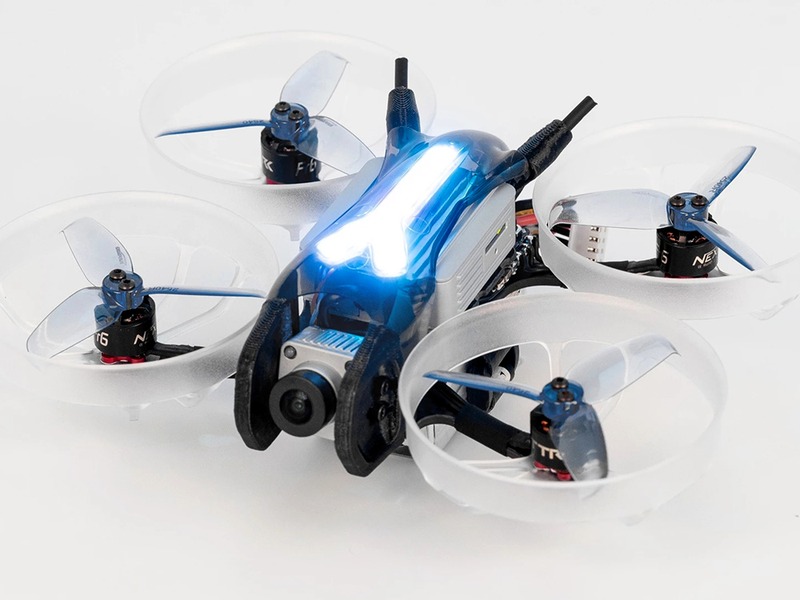How fast is a police drone?

Police drones, also known as unmanned aerial vehicles (UAVs), are becoming increasingly popular among law enforcement agencies around the world. These drones are used for a variety of purposes, including surveillance, search and rescue, and crowd control. As such, the speed of a police drone is an important factor in determining its effectiveness.
The speed of a police drone depends on several factors, including the type of drone, the payload it is carrying, and the environment in which it is operating. Generally speaking, police drones are capable of reaching speeds of up to 60 mph (97 km/h). However, this speed can vary depending on the type of drone and the environment in which it is operating. For example, a larger, more powerful drone may be able to reach higher speeds than a smaller, less powerful drone. Additionally, the speed of a drone can be affected by wind, rain, and other environmental factors.
In addition to the speed of the drone itself, the speed of the payload it is carrying can also affect its overall speed. For example, if a drone is carrying a heavy payload, such as a camera or other equipment, it may be able to reach higher speeds than if it were carrying a lighter payload. Additionally, the speed of the payload can be affected by the environment in which it is operating. For example, if a drone is flying in a windy environment, the payload may be affected by the wind, resulting in a slower overall speed.
Finally, the speed of a police drone can also be affected by the type of mission it is performing. For example, if a drone is being used for surveillance, it may need to fly at a slower speed in order to get a better view of the area. On the other hand, if a drone is being used for search and rescue, it may need to fly at a higher speed in order to cover more ground quickly.
In conclusion, the speed of a police drone can vary depending on the type of drone, the payload it is carrying, and the environment in which it is operating. Generally speaking, police drones are capable of reaching speeds of up to 60 mph (97 km/h). However, this speed can vary depending on the type of drone and the environment in which it is operating. Additionally, the speed of the payload can also affect the overall speed of the drone. Finally, the speed of a police drone can also be affected by the type of mission it is performing.
Comments / Question
2. Geofencing: Geofencing technology is used to create virtual boundaries that prevent drones from entering certain areas or exceeding certain speeds.
3. Flight Path Monitoring: Police drones are equipped with GPS tracking systems that allow authorities to monitor their flight paths and ensure they are not traveling too fast.
4. Visual Line of Sight: Police drones must always be operated within the visual line of sight of the operator, which helps to ensure that they do not travel too fast.
5. Airspace Restrictions: Many jurisdictions have airspace restrictions in place that limit the speed of drones in certain areas.
2. Propeller size: Larger propellers allow more air to be pushed, resulting in a higher top speed.
3. Wind resistance: The shape and design of a police drone can affect its aerodynamic efficiency, which can have an impact on its top speed.
4. Battery life: The amount of power available from the drone's battery affects its top speed.
5. Weight: The weight of a police drone affects its top speed. Heavy drones will have a lower top speed than lighter ones.
6. Terrain: The terrain that the drone is flying in can affect its top speed. For example, flying through dense forest can reduce the top speed of a police drone.

